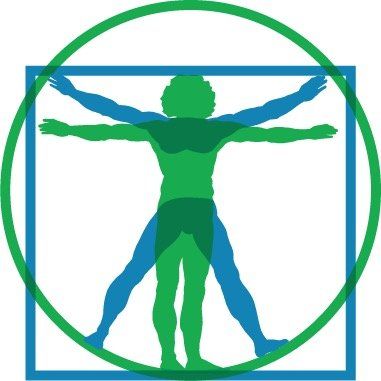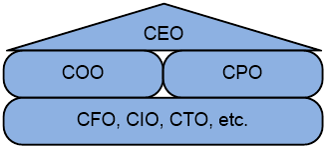Project Management for Healthcare
Book Review

Literature on project management specifically in healthcare is scarce. A good book on this subject is 'Project Management for Healthcare' by David Shirley (2020, second edition). That book is based on 16 years of experience in teaching project management to healthcare professionals at universities and in hospitals in the United States.
Shirley does not delve deeply into how project management in healthcare differs from other environments. His starting point is that every sector faces the same challenges, but at the same time he acknowledges that every sector also has its own unique challenges. A major difference between projectmanagement in healthcare and other sectors that Shirley does point out is that the human element looms much larger in healthcare than elsewhere. Another important difference Shirley mentions, is that healthcare professionals have different skills. On this he writes: “health care professionals already have the people skills required to be good project managers”. Shirley considers the so-called soft skills required for project management in healthcare professionals to be more developed, almost by nature, than in e.g. ICT professionals. For the large part I agree, but this certainly does not apply to all healthcare professionals. Sometimes they too do not have more human tact than car mechanics (with all due respect to car mechanics, but everyone understands what / who we mean). More in general the truth is that no one is ever done learning in that area.
Anyway, back to the book. The rest of the book is actually not very surprising or ground breaking. To me it appears to be just about project management and not specifically about project management in healthcare. That doesn't matter if you're looking for a good book on project management. Then this book is just a decent (although a bit dry) basic book about project management. Almost the entire core is covered: planning, budgeting, organization, communication, etc. It is therefore excellent to use as an introduction to the profession and, in addition to theory, it also offers sufficient tools to get started in a practical way. Sometimes it becomes very theoretical, because in the practice of healthcare projects I hardly ever see that critical paths are calculated very accurately or that earned value analysis takes place. But that could be me. Meanwhile, on other topics the book is very practical, for example with the description of a brainstorming technique.
Striking in this book about project management in healthcare is a chapter on 'Green IT'. Of course, sustainability and green efforts are also important in healthcare (projects) and generally much more attention should be paid to this. However, writing about this in a book about project management is not very obvious. I only understood why this chapter appeared in this book when I found out that the now retired author also gave lectures on 'Green IT'. Because Shirley has retired in the meantime, I can also forgive him for only briefly discussing agile project management.
All in all, this book does provide a sufficient knowledge base for anyone looking for an introduction to and a light reference guide for project management. People who want to know more about project management specifically in healthcare should look further. I do, so expect more reviews and hopefully one day I will be able to translate my Dutch book on projectmanagement in healthcare in English.







